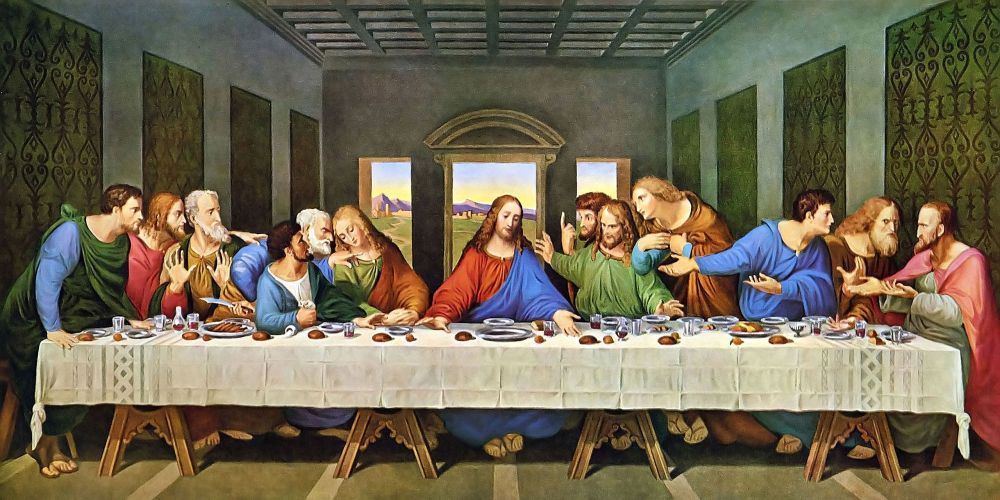

The Last Supper, a masterpiece by Leonardo da Vinci, is one of the most iconic works of the Renaissance period. Painted between 1495 and 1498, it is located at the Convent of Santa Maria delle Grazie in Milan, Italy. The painting has captivated audiences for centuries with its intricate detail and emotional depth. It represents the scene of Jesus Christ's last meal with his apostles before his crucifixion, where he announces that one of them would betray him. The Last Supper is known not only for its artistic value but also for its portrayal of a pivotal moment in Christian history.
Tourism surrounding The Last Supper began to flourish significantly in the late 20th century. The painting's popularity soared after World War II, as art restoration and preservation techniques improved, allowing the mural to be saved from further deterioration. Over the years, millions of visitors from around the world have flocked to Milan to witness da Vinci's masterwork, making it one of the city's most visited tourist attractions. Despite the damages it has endured, including the bombing of the convent during World War II, the attraction of The Last Supper has remained undiminished.
In recent years, visitor experience has been greatly enhanced due to the introduction of timed entry tickets and a cap on the number of spectators allowed to view the painting at once. This ensures the conservation of the painting and offers tourists a more intimate viewing experience. Moreover, the rise of immersive and educational experiences has led to the creation of virtual tours and augmented reality applications that allow people to explore the artwork in detail.
The latest trends also show an increase in specialized art history tours that focus on the work of Leonardo da Vinci, combining visits to The Last Supper with other da Vinci-related sites in Milan. Contributing to the sustainability of the site, there is a growing emphasis on ecotourism and responsible travel, encouraging tourists to minimize their environmental impact and respect the cultural heritage of the location.
For those looking to visit The Last Supper, it's recommended to book tickets well in advance due to high demand. Guided tours provide an in-depth understanding of the painting's history, technique, and its significance in the broader context of Renaissance art. It's important for visitors to be aware of the strict conservation measures in place, such as climate control in the refectory where the mural is housed and limitations on photography to protect the artwork from light damage.